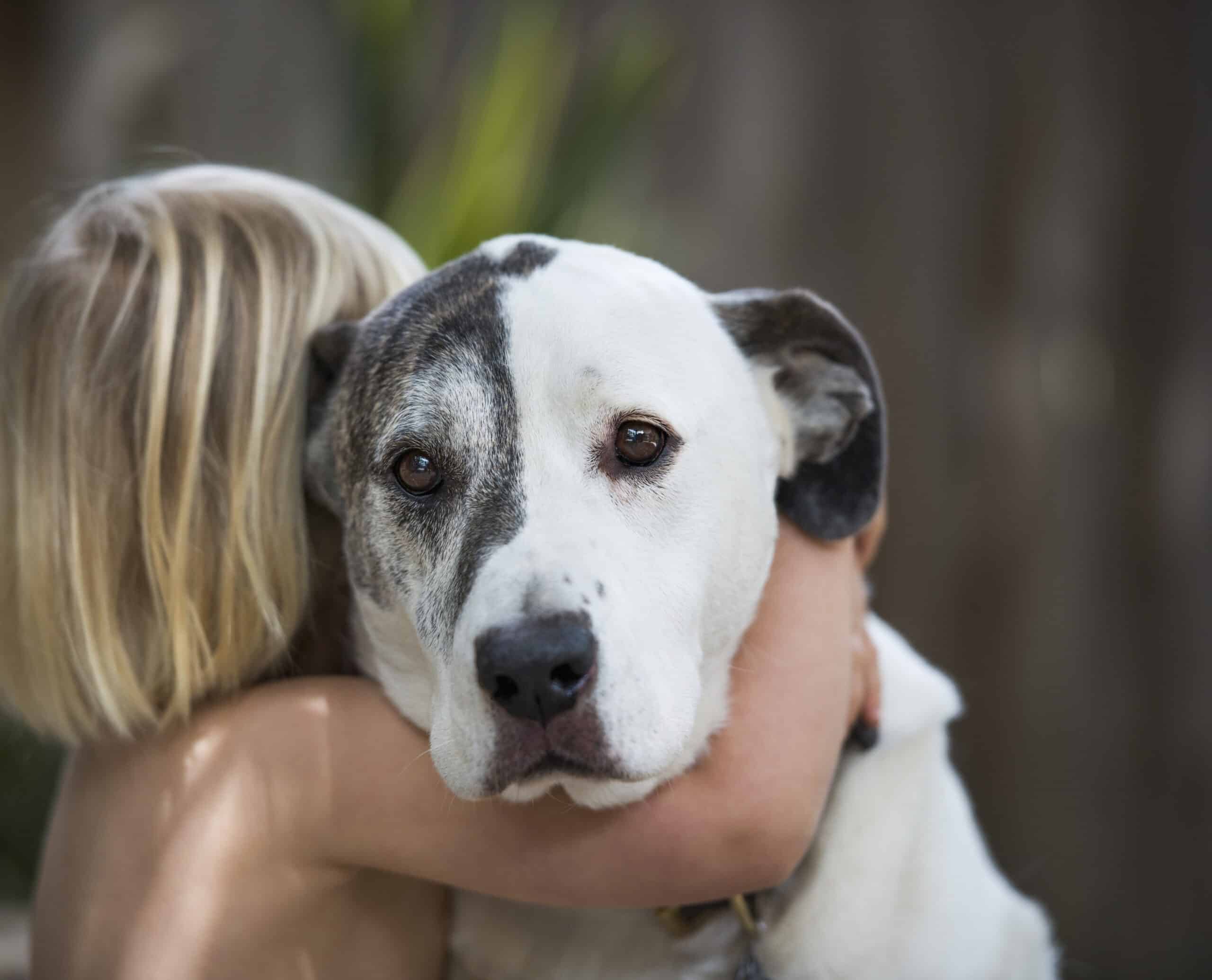
When your dog suddenly can’t walk up the stairs, it can be a sign of something serious. To solve your dog’s issue we first have to understand the problem. There are several potential causes for this problem.
It could be something as simple as arthritis or a muscle strain. Or, it could be something more serious, like a neurological disorder. Here are 6 reasons why your dog might not be able to walk up the stairs:
Arthritis
What is arthritis?
Arthritis is a common condition that can affect any joint in the body. The most common form of arthritis is osteoarthritis, which is caused by the breakdown of cartilage in the joints. Arthritis is a degenerative disease, which means it gets worse over time.
Treatment for arthritis may include pain relief medication, physical therapy, and weight management. Surgery is also an option for some dogs with arthritis. Early diagnosis and treatment of arthritis can help to slow the progression of the disease and improve the quality of life for your dog.
What are the signs of arthritis?
The most common signs of arthritis are stiffness, lameness, and pain. You might also notice your dog is having trouble getting up from a lying or sitting position.
Your dog may also be less active than usual and seem to be in pain when touched.
If your dog is showing any of these signs, it’s important to take them to the vet for a diagnosis. arthritis can’t be cured, but there are treatments that can help improve your dog’s quality of life.
Muscle Strain
What is a muscle strain
A muscle strain is a common injury that can cause your dog to suddenly stop being able to walk up the stairs. This type of injury is usually caused by overuse or repetitive motion.
For example, if your dog likes to chase a ball up and down the stairs, they could easily strain a muscle in their leg.
What are the signs of a muscle strain?
The most common sign of a muscle strain is lameness. You might also notice your dog is reluctant to put weight on the affected leg.
There may also be swelling or bruising around the area of the injury.
If you think your dog has a muscle strain, it’s important to take them to the vet for a diagnosis. Muscle strains can usually be treated with rest and anti-inflammatory medication.

Neurological Disorders
What are neurological disorders?
Neurological disorders are conditions that affect the nervous system. The nervous system includes the brain, spinal cord, and nerves.
Some common neurological disorders in dogs include seizures, myasthenia gravis, and degenerative myelopathy.
What are the signs of neurological disorders?
The signs of neurological disorders can vary depending on the condition. However, some common signs include loss of balance, weakness, paralysis, and seizures.
If your dog is showing any of these signs, it’s important to take them to the vet for a diagnosis. There is no cure for most neurological disorders, but there are treatments that can help improve your dog’s quality of life.

Hip dysplasia
What is hip dysplasia?
Hip dysplasia is a condition that causes the hip joint to develop abnormally. This can lead to pain, lameness, and eventually arthritis.
Hip dysplasia is a hereditary condition, which means it’s often passed down from parents to puppies. It can also be caused by environmental factors, such as obesity or a lack of exercise.
What are the signs of hip dysplasia?
Lameness in the hind legs is the most common sign of hip dysplasia. If your dog has hip dysplasia, you might notice that they’re reluctant to move or put weight on the affected leg. You might also notice that your dog seems to be in pain when touched around the hips or back end
If you think your dog has hip dysplasia, it’s important to take them to the vet for a diagnosis. Hip dysplasia can’t be cured, but there are treatments that can help improve your dog’s quality of life. Treatments for hip dysplasia can include weight management, anti-inflammatory medication, joint supplements, and physical therapy. Surgery is also an option for some dogs with hip dysplasia
Hip dysplasia is a progressive disease, so it’s important to catch it early and start treatment right away. If you think your dog might have hip dysplasia, make an appointment with your vet as soon as possible.

Degenerative myelopathy
What is degenerative myelopathy?
Degenerative myelopathy is a neurological disorder that causes the spinal cord to deteriorate. This condition is progressive, which means it gets worse over time. Degenerative myelopathy usually affects older dogs and is often mistaken for arthritis
There is no cure for degenerative myelopathy, but there are treatments available that can help to slow the progression of the disease and improve the quality of life for affected dogs. If you think your dog may be showing signs of degenerative myelopathy, it is important to make an appointment with your veterinarian as soon as possible so that a diagnosis can be made and treatment can be started.
What are the signs of degenerative myelopathy?
The symptoms of degenerative myelopathy can vary depending on the severity of the condition and how far it has progressed. In the early stages, dogs may seem to be a little stiff and have difficulty getting up from a lying down position. As the disease progresses, they may start to drag their feet when they walk and eventually lose the ability to walk altogether. In advanced cases, dogs may also lose control of their bowels and bladder.

Myasthenia gravis
What is myasthenia gravis?
Myasthenia gravis is a neurological disorder that causes muscle weakness. This condition is caused by a problem with the communication between the nerves and muscles.
Myasthenia gravis can be hereditary or acquired. Acquired myasthenia gravis is often caused by an autoimmune disease, such as thyroiditis or lupus.
What are the signs of myasthenia gravis?
The most common sign of myasthenia gravis is muscle weakness. This can cause your dog to seem tired or lethargic.
You might also notice your dog has difficulty swallowing or breathing. In severe cases, myasthenia gravis can lead to paralysis.
If your dog is showing any of these signs, it’s important to take them to the vet for a diagnosis. There is no cure for myasthenia gravis, but there are treatments that can help improve your dog’s quality of life.

Conclusion
If your dog is suddenly unable to walk up the stairs, it could be a sign of a neurological disorder. Neurological disorders can be caused by a variety of factors, including hereditary conditions, environmental factors, and autoimmune diseases.
Treatment for these conditions can vary depending on the cause, but may include medication, physical therapy, and weight management.
If you think your dog may have a neurological disorder, it’s important to take them to the vet for a diagnosis.


